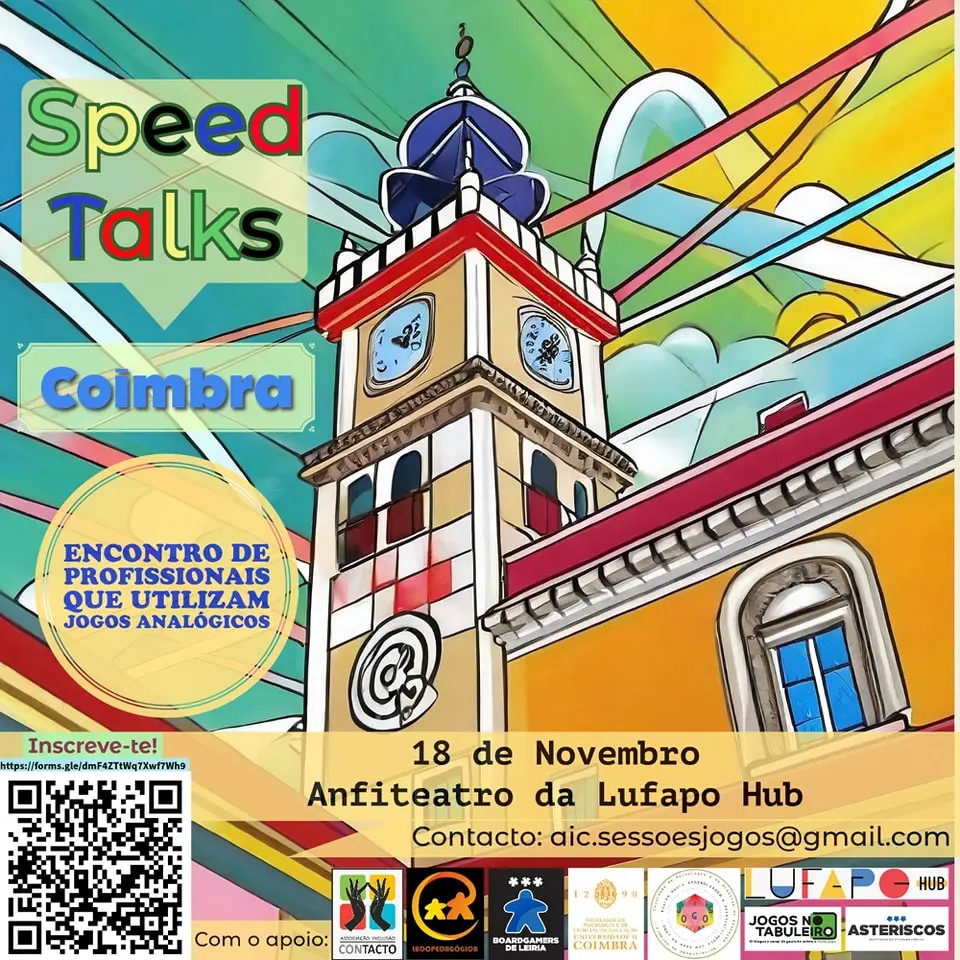The International Symposium on Computers in Education (SIIE) provides an international forum for presenting and discussing the latest advances in research on learning technologies and their practical application in educational processes. It also aims to unite researchers, developers, institutional representatives, and teachers to share views, knowledge, and experiences.
The 26th edition of the Symposium will focus on systems, platforms, pedagogies, and practice-based education in e-learning and b-learning, including simulators, augmented reality systems, virtual reality systems, and remote labs.
This edition of the SIIE is held within the framework of the VII Spanish Congress on Informatics (CEDI 2024).
Contributions
The Symposium calls for quality contributions presenting original work in Educational Informatics related to the topics of interest. Contributions can be written in Spanish, Portuguese, or English. The title and abstract must also be written in English. The presentation of papers at the symposium may be in Spanish, Portuguese, or English. All contributions must be submitted as PDF files and conform to the official IEEE Proceedings Formatting Instructions (http://www.ieee.org/conferences_events/conferences/publishing/templates.html).
There will be four types of papers:
Regular contributions are limited to a maximum of 6 pages.
Doctoral consortium papers are limited to a maximum of 6 pages. They present preliminary results of PhD students in the research area of computing in education.
Specially Relevant Papers already published. Papers from 1 to 2 pages summarizing previous notable research. It should include: Title, keywords, publication info (including ref, doi, impact, cites) and abstract.
Project summary paper. Papers from 2 to 4 pages summarize a project’s results related to the conference topics. The structure should be as follows: Introduction, Project description, Results, and Impact.
There will be awards associated to several of these categories.
Submissions should be made via the EasyChair platform through the following link (https://easychair.org/conferences/?conf=siie2024).
Accepted papers will be published digitally as symposium proceedings and distributed to participants before the symposium.
Papers submitted will be included in an edition of post-proceedings, which will be submitted to IEEE to be considered for publication in IEEEXplore (indexed by Clarivate WoS and SCOPUS). The papers to be published as IEEE proceedings must be written in English.
The best papers will also be selected for publication in extended versions in various journals. Special issues are currently confirmed in:
Revista IEEE RITA (https://ieeexplore.ieee.org/xpl/RecentIssue.jsp?punumber=6245520)
IE Comunicaciones (http://www.adie.es)
Revista Education in Knowledge Society (EKS) (https://revistas.usal.es/tres/index.php/eks/index)
Important dates
Paper Submission: March 1st, 2024.
Notification of acceptance: May 2nd, 2024
Camera-ready deadline: May 15th, 2024
Early registration deadline: Available Soon.
Conference: June 19-21, 2024
Topics
The following is a non-exhaustive list of related or complementary subjects that are considered within the main topic of the symposium:
Pedagogical theories applied to educational software design
Semantic web applications in education
Educational software applications in specific domains
Distance learning, online and hybrid
Collaborative learning
Ubiquitous and mobile learning
Authoring of educational content
Open knowledge in educational contexts
Design and standardization of educational technologies, metadata, and modeling languages
Design, development, and evaluation of educational software
e-Assessment: Theory, methods, tools, and practices
Personalised learning environments
Learning analytics
Teachers’ training in ICTs
Knowledge, technology, and competence management in educational contexts
Artificial intelligence and generative artificial intelligence in education
Human-computer interaction in educational contexts
Virtual and remote laboratories
Methodologies and use practices of educational software
Educational data mining
Multimedia, hypermedia, and visualization in education
Educational virtual worlds
Educational robotics
Web-based resources, tools, and course systems
Learning management systems: architectures and platforms
Non-formal and informal learning support in the workplace
Educational simulations and video games
Social web and learning communities
Virtual reality, augmented reality, and mixed reality.
Inclusive learning and special education



